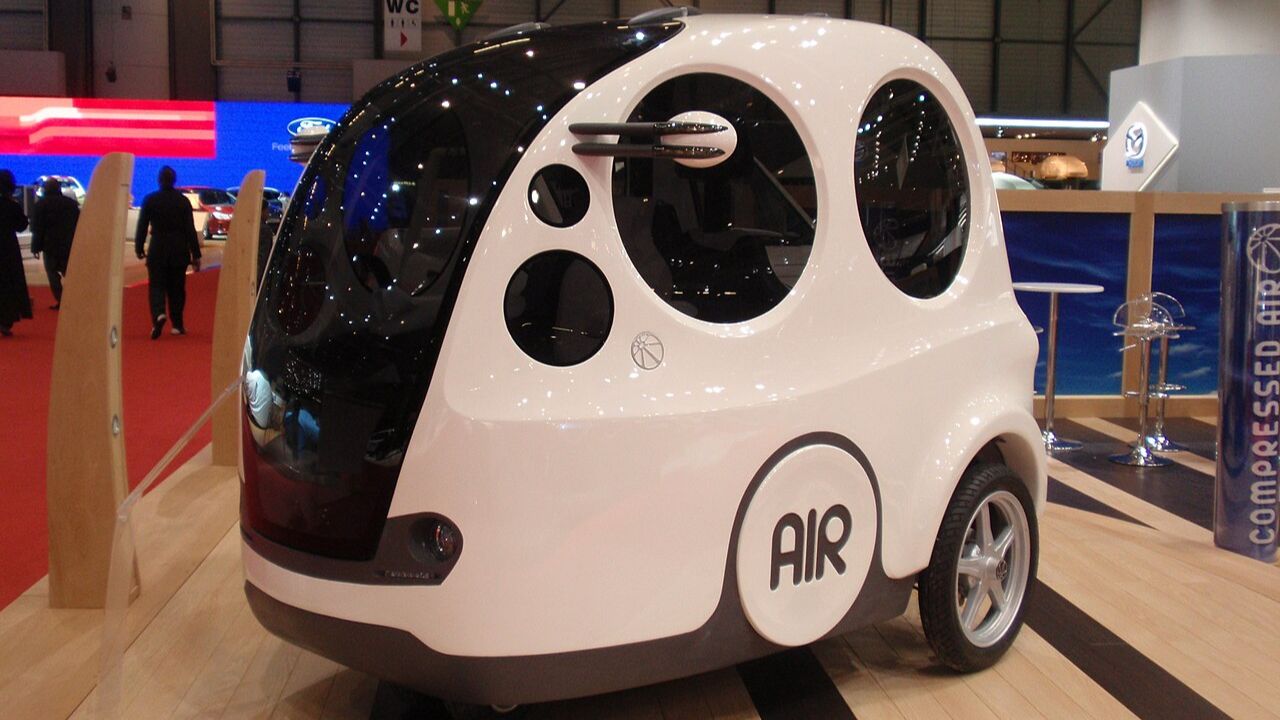The search for alternative fuel sources has been accelerating in response to environmental concerns and dwindling petroleum reserves. Human ingenuity has led to the exploration of some of the most unusual and innovative fuel types tested in cars, showcasing the potential for a sustainable future.
Biofuels: From Crops to Cars

Ethanol from Corn and Sugarcane
Ethanol, derived from crops like corn and sugarcane, has been a prominent contender in the biofuel arena. This alcohol-based fuel can be blended with gasoline to reduce greenhouse gas emissions, offering a cleaner alternative to traditional fossil fuels. The production process involves fermenting the sugars found in these crops, which are then distilled to produce ethanol.
However, the use of food crops for fuel production raises concerns about food supply and land use. Critics argue that diverting crops for ethanol could lead to higher food prices and increased land clearing, which may offset some environmental benefits. Balancing these factors remains a critical challenge in the widespread adoption of ethanol as a sustainable fuel source.
Biodiesel from Algae
Algae-based biodiesel presents a promising alternative due to its high yield per acre and ability to grow in non-arable land. Algae can be cultivated in various environments, including wastewater, and processed into biodiesel through transesterification. This process converts the lipids in algae into fatty acid methyl esters, which can be used as fuel.
Despite its potential, scaling up algae biodiesel production faces significant challenges. The cost of cultivation and harvesting remains high, and technological advancements are needed to make it economically viable. Nevertheless, algae’s ability to absorb carbon dioxide during growth offers substantial environmental benefits, making it a compelling option for future fuel development.
Hydrogen: The Cleanest Fuel?

Hydrogen Fuel Cells
Hydrogen fuel cells generate electricity through a chemical reaction between hydrogen and oxygen, emitting only water vapor as a byproduct. This makes them an attractive alternative to internal combustion engines, which produce significant carbon emissions. Vehicles like the Toyota Mirai and Hyundai Nexo have already demonstrated the viability of hydrogen fuel cells in the automotive industry.
However, the widespread adoption of hydrogen fuel cells is hindered by infrastructure challenges. Establishing a network of hydrogen refueling stations requires substantial investment, and the energy-intensive process of producing hydrogen, often from natural gas, raises questions about its overall environmental impact.
Liquid Hydrogen
Liquid hydrogen offers another avenue for hydrogen-powered vehicles, providing a dense energy source that can be stored and transported more easily than gaseous hydrogen. However, maintaining liquid hydrogen at extremely low temperatures poses storage and safety challenges. The risk of leaks and the energy required for liquefaction are significant hurdles that need to be addressed.
Despite these challenges, liquid hydrogen holds promise for reducing carbon emissions in the automotive sector. Its potential to power long-haul vehicles and aircraft could significantly impact transportation’s carbon footprint, provided that technological and infrastructural barriers are overcome.
Electricity and Beyond: Innovative Energy Sources

Solar-Powered Vehicles
Advancements in solar technology have paved the way for solar-powered vehicles, which harness sunlight to generate electricity. Companies like Lightyear and Aptera are developing vehicles with integrated solar panels, aiming to extend driving range and reduce reliance on charging infrastructure.
However, the efficiency of solar panels and geographic limitations pose significant challenges. Solar energy’s effectiveness varies with weather conditions and latitude, making it less reliable in regions with limited sunlight. Despite these limitations, solar-powered vehicles represent a step towards reducing dependency on traditional energy sources.
Inductive Charging on the Move
Inductive charging technology enables electric vehicles (EVs) to charge wirelessly while driving, potentially revolutionizing the EV landscape. This technology uses electromagnetic fields to transfer energy between the road and the vehicle, allowing for continuous charging without the need for stops.
Pilot projects, such as those in Sweden and Germany, are testing the feasibility of this technology on public roads. While promising, widespread implementation requires significant infrastructure investment and technological refinement to ensure efficiency and safety.
Compressed Air: A Breath of Fresh Air?

Mechanics of Compressed Air Engines
Compressed air engines operate by using stored air to drive pistons, offering a zero-emission alternative to traditional engines. These engines release air instead of exhaust gases, reducing environmental impact. Companies like MDI have developed prototypes, showcasing the potential of compressed air as a clean energy source.
However, the efficiency of compressed air engines is a concern, as energy losses occur during air compression and expansion. The practicality of compressed air vehicles depends on overcoming these efficiency challenges and developing cost-effective storage solutions.
Comparative Analysis with Traditional Fuels
When compared to gasoline-powered cars, compressed air vehicles offer reduced emissions but face limitations in range and performance. The energy density of compressed air is significantly lower than that of gasoline, resulting in shorter driving ranges and lower speeds.
Despite these challenges, the economic and environmental benefits of compressed air vehicles, such as lower fuel costs and reduced emissions, make them an intriguing option for urban transportation and short-distance travel.
Unconventional Ideas: Thinking Outside the Tank

Ammonia as a Fuel
Ammonia, a compound of nitrogen and hydrogen, is being explored as a potential fuel for internal combustion engines. Its high energy density and ability to burn without carbon emissions make it an attractive option for a carbon-neutral future. Ammonia can be produced from renewable energy sources, further enhancing its environmental credentials.
However, the use of ammonia as a fuel presents challenges, including its corrosive nature and the need for modifications to existing engines. Despite these hurdles, ammonia’s potential to contribute to a sustainable energy landscape warrants further exploration and development.
Methane Hydrates
Methane hydrates, crystalline structures containing methane trapped in ice, represent a vast and untapped energy resource. Extracting methane from these hydrates could provide a new source of natural gas, but the process is fraught with environmental risks, such as destabilizing ocean floors and releasing methane, a potent greenhouse gas.
Technological advancements are needed to safely and efficiently harness methane hydrates as a fuel source. While promising, the environmental implications and technical challenges must be carefully managed to ensure that this unconventional fuel contributes positively to the global energy mix.
Like Fast Lane Only’s content? Be sure to follow us.
Here’s more from us:
*Created with AI assistance and editor review.







Leave a Reply